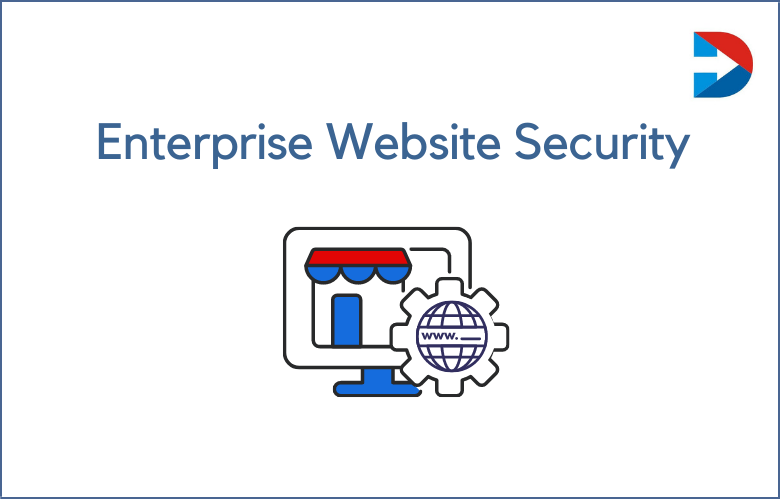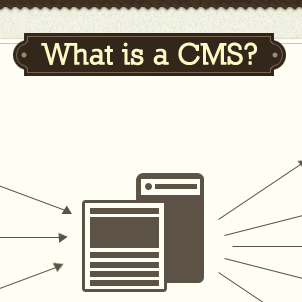E-commerce has revolutionized the way businesses operate in today’s digital age. With the increase in online shopping, having a well-designed and optimized e-commerce website has become essential for businesses to stay competitive. In this article, we will explore the key essentials that every e-commerce website should have to attract and engage customers.
User-friendly Interface
The user interface (UI) of an e-commerce website plays a crucial role in shaping the overall user experience. It is essential to ensure that the website is easy to navigate, with intuitive menus and clear product categories. Use HTML5 and CSS to create a visually appealing layout that is responsive across devices, allowing users to access the website from desktops, tablets, and mobiles seamlessly.
Clear Product Descriptions and Images
When it comes to purchasing products online, customers heavily rely on product descriptions and images to make informed decisions. Ensure that your e-commerce website provides detailed and accurate product descriptions, including specifications, features, and benefits. Captivating product images from different angles, with the option to zoom in, can significantly enhance the buying experience for customers.
Secure Payment Gateway
Building trust and ensuring the security of customer data is paramount for e-commerce websites. Implement a secure payment gateway that supports various payment methods such as credit/debit cards, PayPal, and other popular online payment options. Add SSL (Secure Sockets Layer) certificates to protect sensitive customer information, including personal and financial data.
Efficient Search Functionality
Large e-commerce websites often carry a vast inventory, making it necessary to provide customers with an efficient search functionality. Implement a search bar on the home page, allowing users to enter keywords or product names to quickly find what they are looking for. Use HTML markup to ensure search results are displayed in a structured and user-friendly manner.
User Reviews and Ratings
Integrating a user review and rating system on your e-commerce website can significantly influence buying decisions. Customers rely on the feedback and experiences of other buyers to evaluate the quality and reliability of products. Encourage customers to leave reviews and ratings for products, and display them prominently on the product pages. Use HTML markup to highlight positive reviews and ratings, adding credibility to your products.
Responsive Customer Support
A robust customer support system is crucial for any e-commerce website. Provide multiple channels for customers to reach out, including live chat, email, or phone support. Integrate chatbots to provide quick and automated responses to frequently asked questions. Use HTML markup to ensure contact information is easily accessible on every page, with clear instructions on how to reach customer support.
Seamless Checkout Process
The checkout process should be simple, convenient, and hassle-free for customers. A lengthy or complicated checkout process can lead to cart abandonment. Use HTML forms to create a streamlined checkout process, reducing the number of steps required to complete a purchase. Implement auto-fill features to reduce typing efforts for customers. Offer guest checkout options to minimize barriers for first-time users.
Website Analytics and Tracking
Tracking website analytics provides valuable insights into customer behavior, allowing businesses to make data-driven decisions. Implement tools like Google Analytics to monitor website traffic, bounce rate, conversion rates, and customer demographics. Use HTML markup to embed tracking codes and set up event tracking to measure the effectiveness of marketing campaigns and website optimizations.
Mobile Optimization
In today’s mobile-driven world, optimizing your e-commerce website for mobile devices is essential. Utilize responsive design techniques to ensure seamless browsing and shopping experiences on smartphones and tablets. Optimize images and content for faster loading speed on mobile devices. Use HTML markup to make sure the website layout and design adapt to different screen sizes.
Social Media Integration
Social media platforms have become influential marketing and customer engagement tools. Integrate social media buttons and widgets to allow easy sharing of products or pages on popular platforms like Facebook, Instagram, Twitter, and Pinterest. Use HTML markup to embed social media feeds or display customer testimonials from social media platforms, encouraging user-generated content.
Conclusion
E-commerce websites play a vital role in driving sales and establishing a strong online presence for businesses. By incorporating these essentials, you can create a user-friendly and engaging website that will attract and retain customers, ultimately leading to increased conversions and business growth.


